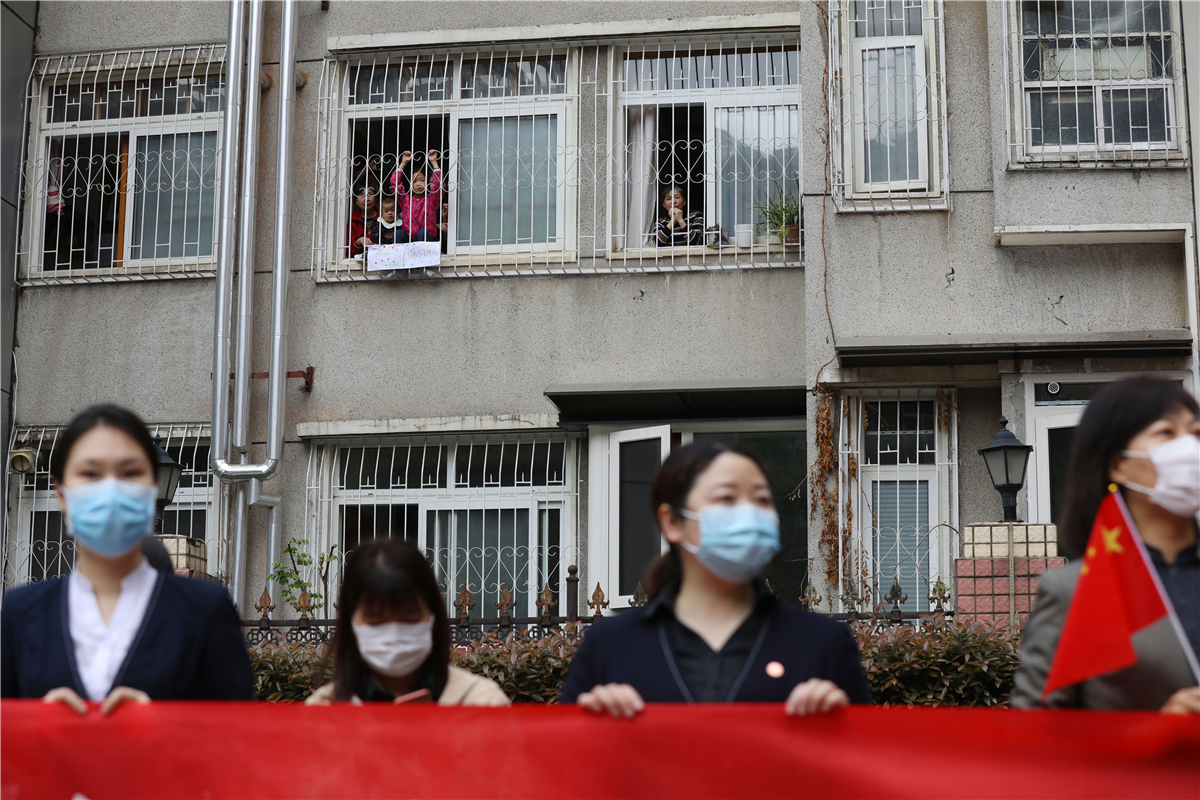Why is partner assistance adopted in China’s COVID-19 battle?
It is important to note that the information provided in this Series is intended for your general knowledge only and is not a substitute for professional medical advice or treatment.

Partner assistance usually refers to paring local governments with each other to support the development of a certain region or sector under the overall coordination of the Chinese central government. Partner assistance facilitates sharing of material and fiscal resources as well as intellectual expertise, and features complementary advantages and mutual benefits.
China has been implementing partner assistance programmes for more than four decades. Such programmes have played important roles in different endeavors, including helping less-developed bordering areas where ethnic minorities are concentrated, poverty reduction, construction of major national projects, disaster relief and recovery, and medical teams under foreign aid.
The outbreak of COVID-19 constitutes an emergency not only in Hubei Province, but also in the whole country. In February 2020, the National Health Commission arranged for 19 provinces and municipalities to provide assistance to 16 cities and counties in Hubei, excluding Wuhan, to help combat the COVID-19. One city or county in Hubei province is twinned with one or more provinces in the country.
Through establishing mechanisms of "stronger provinces helping weaker ones" and delineating responsibilities, partner assistance has greatly improved medical treatment in Hubei province and played a crucial role in combating the novel coronavirus.
First, partner assistance helps effectively mobilize efforts and leverage resources of local governments under the overall coordination of the central government, while avoiding chaos.
Second, it can make full use of medical staff and supplies in the different regions and form virtuous competition among different entities to overcome difficulties.
Third, it can help relive the burden of Wuhan hospitals by preventing crowds from swarming into a few big and well-known hospitals in the capital city.
Fourth, it can help facilitate regional integration and communication and build bridges of friendship and cooperation across different regions.
When disaster struck, help came from all sides. When people pool their strength, victory is ensured. During the crucial stage of the COVID-19 outbreak, 63 medical teams consisting of 7,425 staff from 19 provinces provide medical services in the 16 cities and counties in Hubei province, in addition to the 31,207 medical staff from other provinces supporting Wuhan city. These teams also brought them with critical medical supplies and equipment. Partner assistance, once again, has been proved to be efficient and effective.
Please feel free to contact us by sending your questions to question@chinadaily.com.cn or commenting on China Daily app. We will ask experts to answer them.














